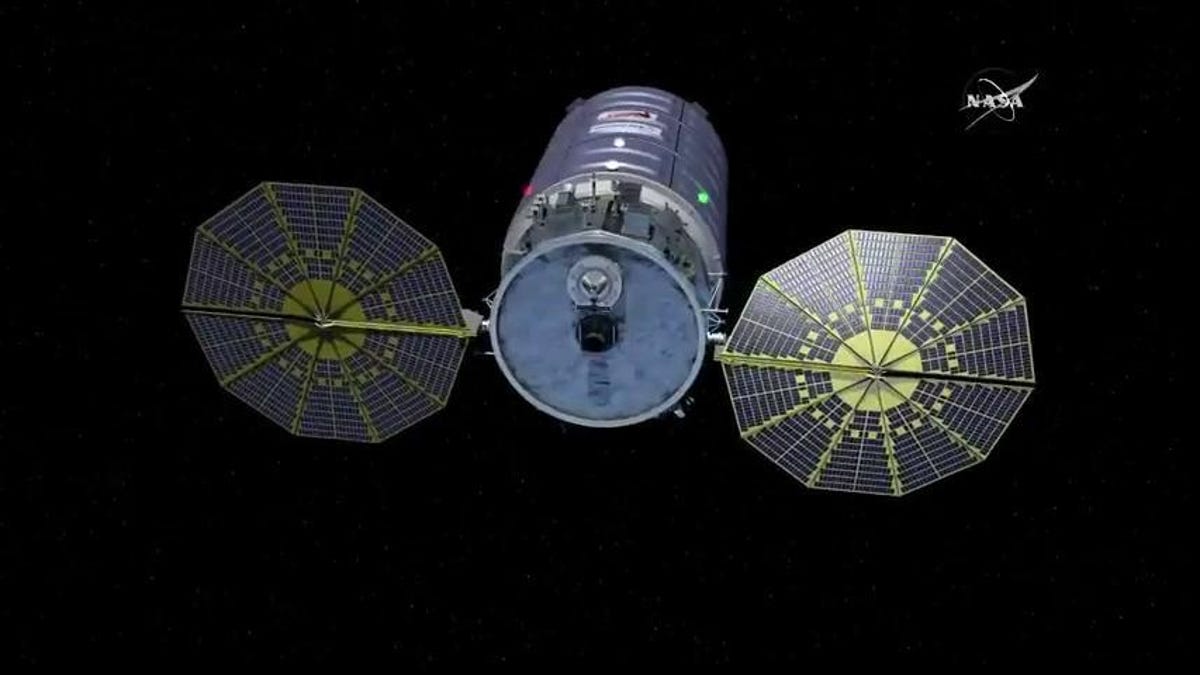NASA rocket launch lets scientists play with fire in space
A Cygnus spacecraft is on its way to the International Space Station, loaded with experiments designed to go up in flames.

An Orbital ATK rocket successfully launched from Virginia on Monday evening, sending a Cygnus cargo spacecraft on its way to resupply the International Space Station. It's also carrying a few science experiments that NASA wouldn't mind seeing totally flame out.
Once the Cygnus is emptied, re-loaded with trash, detached from the space station and sent on a course to burn up in the atmosphere, researchers on Earth will send the command to light a fire inside the doomed craft.
The Cygnus won't become a total garbage fire right away, though. The fire set in the name of science is the second in NASA's series of Spacecraft Fire Experiments, or Saffire-II for short. It will be ignited in a controlled manner inside a four-foot long box. Samples of nine different materials will be burned inside the box, which also contains a suite of sensors and other electronics to record all sorts of data.
NASA shared footage from Saffire-I, which was carried out earlier this year using a single large sample to observe how fire spreads in space. You can see a snippet of the results below.
Saffire-II will add to our limited knowledge of how fire works in space. It will help provide the sort of detailed understanding necessary to deal with possible explosions and other accidents that could occur on long, manned missions to Mars or elsewhere.
One weird, unexpected discovery about fire in space made on the International Space Station is that it can burn at a very cool, low level, to the point where it's invisible to the naked eye.
The Cygnus payload, which is scheduled to dock Sunday, is also carrying an upgrade to the Combustion Integrated Rack (CIR) that NASA has been using to conduct what it calls "cool flames" experiments on the ISS. The CIR will be getting a new camera system designed to image the invisible space flames as well as measure the radiation they produce.
So take note, sci-fi authors: Future space warfare may not be about laser cannons and phasers, but invisible flame-throwers instead.
NASA, however, thinks the insights it gleans from the experiments could lead to more efficient fuels on earth.

